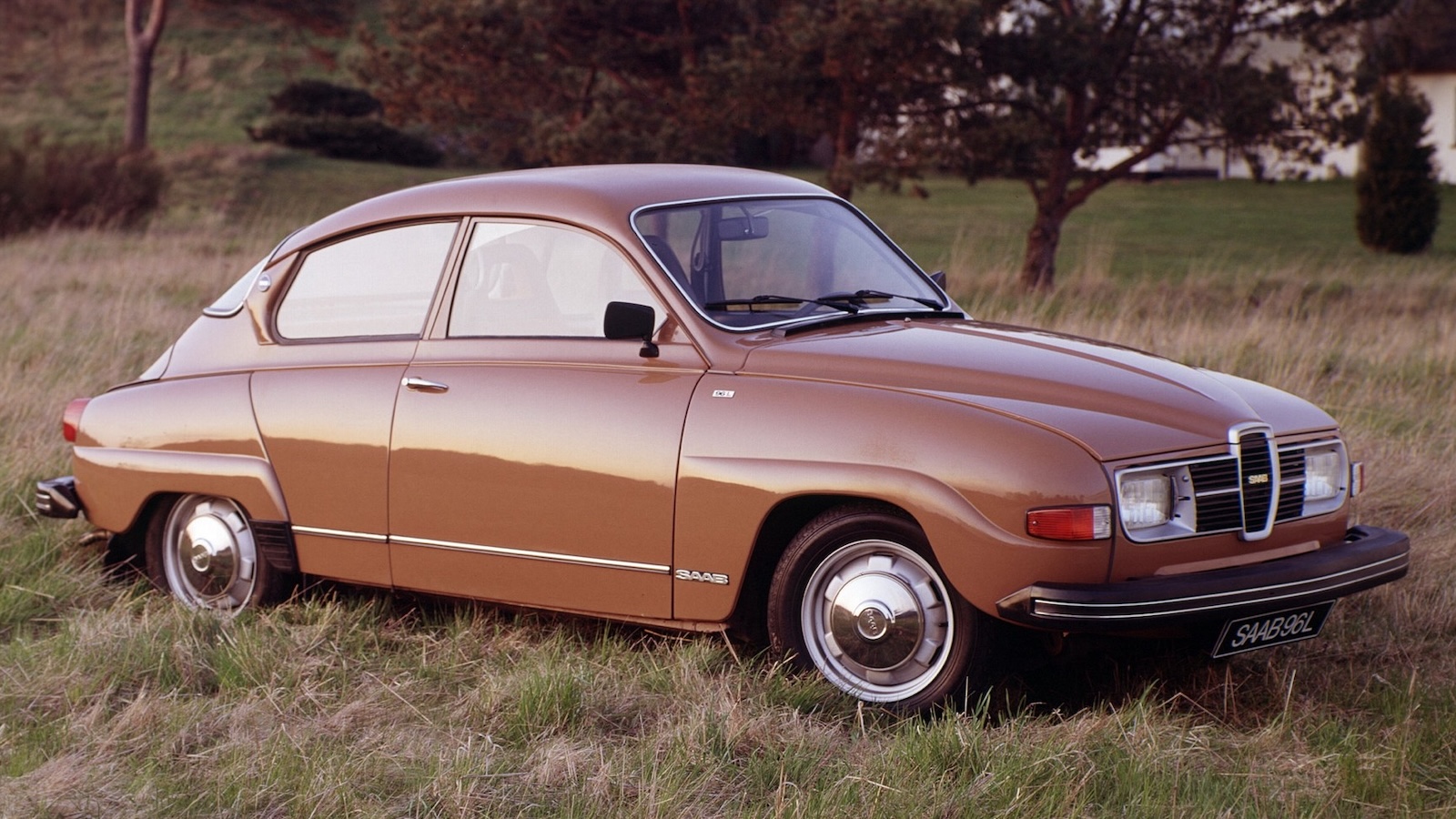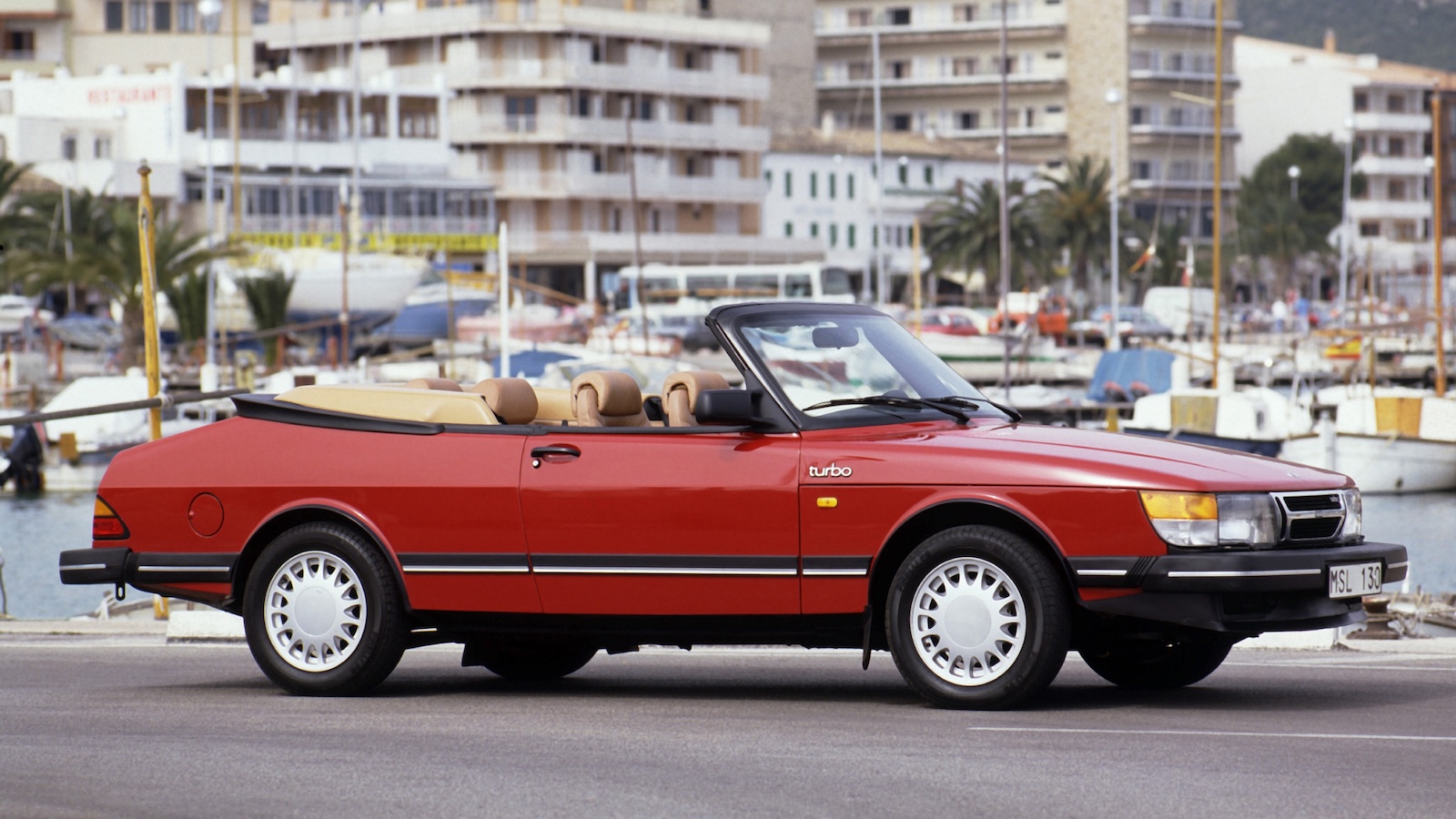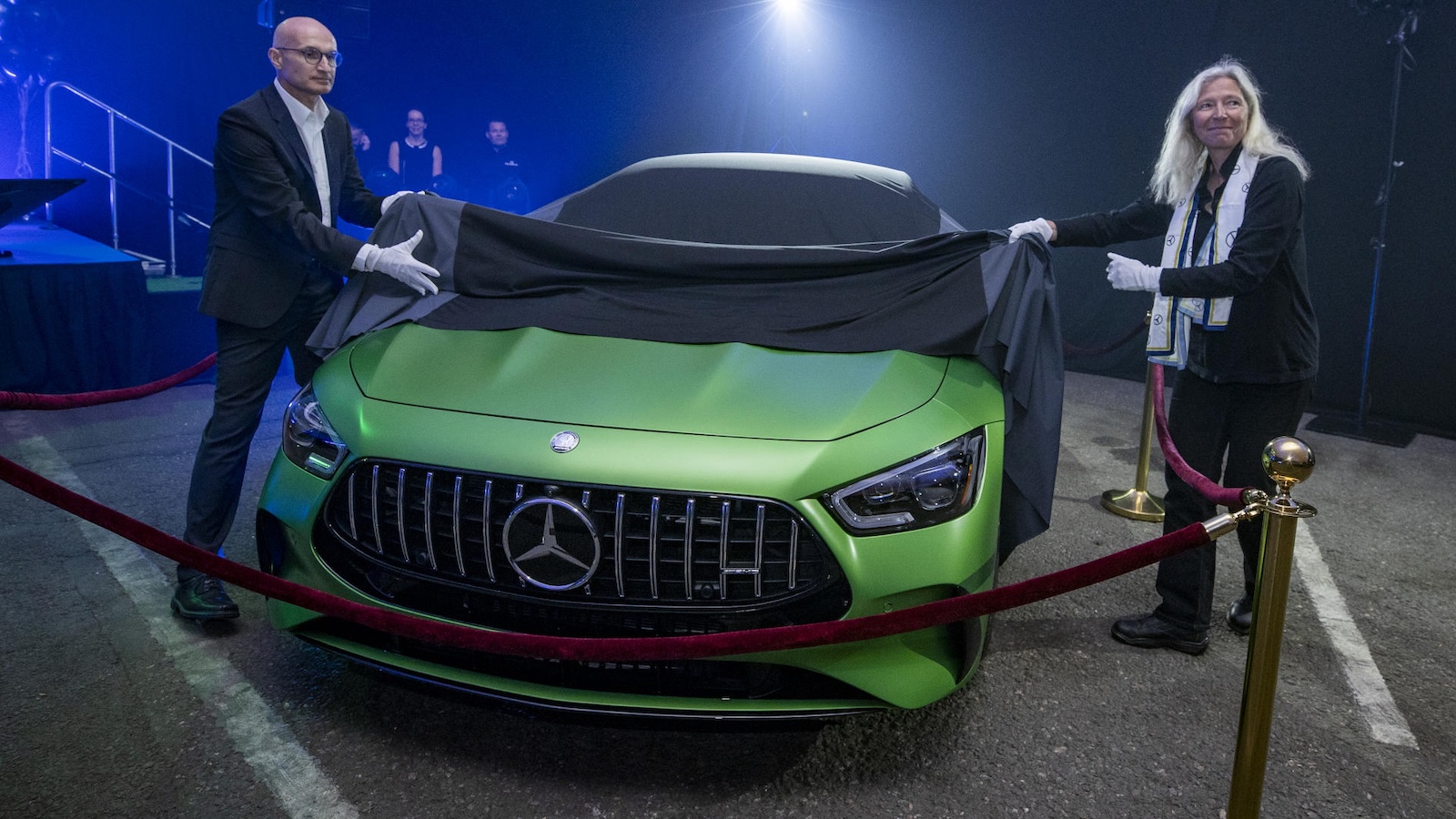There’s something fun about finding a common thread between two extremely different cars, be it a designer or a shared part, or even a shared distribution network. While the Mercedes-AMG GT 4-Door and the Th!nk City don’t share any of those threads, they do have a commonality you could use to either bore or delight your dinner guests, depending on the vibe in the room.
On paper, these cars share as much in common as a dormouse and a lion. They both have four wheels and pedals and licence plates, but one’s a 46-horsepower electric city car and the other’s a six-figure all-wheel-drive primarily combustion-powered liftback that ought to come with a lifetime supply of Dior Sauvage. However, pick the right model years of each, and you’ll have two cars that were both built in the same assembly plant.
While contract manufacturing has been touted as a way to make EV startups work, recent and historic high-profile flops have resulted in the concept having its fair share of detractors. Magna’s in a pickle with Fisker going bust and production of the BMW Z4 and Toyota GR Supra winding down, Foxxcon doesn’t seem to have done much with its Lordstown, Ohio plant, and economic shifts led to Pininfarina and Bertone winding down contract manufacturing during the Great Recession. Yet, Finnish firm Valmet Automotive has made it work for the past 57 years, building a truly fantastic array of machinery almost exclusively for other people.

The story starts, in a way, with planes. In the 1960s, Saab was looking to expand its manufacturing base, and it decided to start up a joint venture with Finnish state-owned firm Valtion Metallitehtaat, which translated to State Metal Works and was known as VMT for short. Unsurprisingly, VMT also made planes, in addition to felt, paper machines, trains, tractors, you name it. Once what was known as Saab-Valmet was established in 1968, it didn’t take long for the plant in Uusikaupunki to start cranking out Saab 96s of such quality, they were exported all over. Other Saab models soon followed, and it wasn’t until 1979 that Saab-Valmet branched out to build cars from another marque.

That brand, strangely enough, was Talbot. At the same time, Saabs were coming down the line, the contract plant was also cranking out Simca-Talbot Horizons (a European relative of the Dodge Omni), Simca 1307s, and Talbot Solaras. While this was all going on, Valmet still had time to build the Saab 900 convertible from 1986 onward. The model’s resulting success meant that at one point, one out of every three cars made in Valmet’s plant was a Saab 900 Convertible. That’s a weird lineup of products, but for the 1990s, things would get even stranger.

The last decade of the 20th century was a pivotal one for Saab-Valmet. While it still made Saabs, the Swedish brand divested from the venture in 1992, a name change to Valmet Automotive happened in 1995, and while Opel Calibra coupe production filled the vacancy left by the Talbots and Simcas, it was time to broader horizons. Thankfully, Porsche had a bit of a problem, and that problem was success.

The Boxster two-seater launched to an absolute frenzy, with orders coming in so fast and thick, capacity in Stuttgart simply didn’t exist to build them all in Germany. Valmet was the solution, an arrangement that worked so well, Valmet supplanted Stuttgart production through the 987’s model run. My Boxster was made in Finland, and it’s as tight as a snare. At the same time, Lada contracted Valmet Automotive to build the EuroSamara from 1997, which meant that at one time, Porsches, Ladas, Opels, and Saabs were all being churned out of the same plant. What a sight that must’ve been.

While Porsches were the dominant product of the 2000s after Saab changed production strategies, things picked back up again in the 2010s. Not only did Valmet Automotive pick up Th!nk City production from 2009 into 2011, it bought Karmann’s convertible roof operations in 2010, built the Fisker Karma, and then ended up in a relationship with Mercedes-Benz. Starting with the W173 A-Class, Uuksikaupunki provided additional manufacturing capacity for the three-pointed star, including supplanting GLC production in Bremen. As of 2023, all Mercedes-AMG GT 4-Doors are built by Valmet Automotive, and the company hasn’t stopped moving. It’s now a serious player in the high-voltage battery pack game, and it’s getting into the defence industry.

That’s a serious list of achievements for a company that’s really only produced concept cars with its own brand on the back. What a project the most notable one was, though. The Valmet Raceabout started with a riveted aluminum chassis, bolted on double-wishbone suspension at all four corners, and carbon fiber bodywork, dropped in the two-liter turbocharged engine from a Saab 9-3, and put power to the ground through a five-speed manual gearbox with a helical limited-slip differential. The result was zero-to-60 mph in less than five seconds, although only a handful were made.

Is Valmet the coolest car company most people have never heard of? It might be. Anyway, now you know what a Th!nk City and a Mercedes-AMG GT 4-Door, and a Porsche Boxster, and a Saab 900 Cabriolet, and a Lada EuroSamara, and an Opel Calibra, and a Fisker Karma, and a Talbot Solara all have in common.
Top graphic image: Th!nk, Mercedes-Benz
Support our mission of championing car culture by becoming an Official Autopian Member.









“Uusikaupunki” is a really imaginative name for a town. It literally means “new town” (“uusi” = “new”, “kaupunki” = “town”). Of course, it’s not the only town named thusly. There are more than a dozen towns named “Neustadt” in Germany alone (“Neustadt” of course also means “new town”).
“Use the key to turn yourself on”
Ha ha ha ha ha
Before being bought by BMW, Rover was planning on having the Land Rover Freelander produced by Valmet too
There was also a top secret Saab 9000 4.0l V8 prototype, built from a pair of 4-cyl engines. The aim was of course the US market, but the Swedes were not interested. Not invented here, the turbo is better… Or so the story goes. But a small batch of engines were made and tested.
My guess was that they shared parts, rather than a factory.
My 2006 VW Polo, shares a brake-light switch with pretty much every VAG product of the mid-2000’s. From the Lupo to the Murciélago.
You left out the part where Porsche helped develop the Lada Samara…
….that the Plymouth twin to the Dodge Omni was the Plymouth Horizon…
…that the Saab 9-3 was built on the same GM platform as the Opel Calibra…
…and that the Talbot Solara/Simca 1307s built in Finland used many Saab parts, including the front seat frames.
The X290 AMG-GT 4-Door is the last Mercedes that actually feels like a real Mercedes. I rented one a few months ago in Berlin, and it felt just as solid and well-made as Benz’s of old, while the drivetrain combo is known for its reliability (the non-hybrid M177 anyway).
Fun fact- its fairly well-known that the Germans underrate their horsepower figures, but the electronically-limited top speed of 196 mph could also be underrated- I hit 318 km/h; tire expansion due to heat and centrifugal forces could mean that the speedometer was slightly under-reading (and the tires had virtually zero wear to offset the expansion). Probably why Car and Driver occasionally hit 156-157 mph in instrumented testing with cars that are electronically limited to 155.
Awesome! Another fact to annoy my non-Saab friends!
Seriously, this is a hell of an article.
This is a Peak Autopian article. Hell yeah, loved reading it.
God the AMG GT 4 door is such a gorgeous car. It’s one of the few sedans on the road that I consistently do a double take on when I encounter it in the wild. AMG also offers it in all sorts of loud, ridiculous colors, which is rare for 4 door land yachts.
I’m gonna miss it and the current 8 series when they go to the big service bay in the sky. I can’t imagine we’re going to get many more liftback performance sedans (I know the 8 series has a normal trunk but damn it it’s a spiritual liftback to me) so enjoy em while they’re here. I’m sure the next gen equivalent is going to be some egg shape lifted EV blob that has voice control turn signals or something….
Consider the opportunity companies like Mitsubishi and Nissan have for a RWD entry-level liftback sedan at close to a Versa or Mirage price point, with an option of a manual transmission. Something with the CdA of a Mercedes Vision EQXX concept, a sub-3,000 lb curb weight, and a basic-bitch 120 horsepower 4-cylinder, could also be something that is fun to drive, easily/inexpensively tunable, uses physical buttons for the bare minimum of features it has, and gets 35+ mpg city and 55+ mpg highway right out the box on gasoline. And bone stock with a power-starved 4-banger, could be geared for and still reach 160 mph if it had aero and mass like described.
And you could have an EV version getting luxury-car range on par with the likes of Tesla and Lucid with a stock Leaf battery pack.
Dodge almost gets it with the upcoming Charger sedan but I’m having a hard time wrapping my head around 4,800 goddamn pounds and a footprint that’ll give 3 row crossovers a run for their money….
The lighter, more-nimble, 2000 Charger concept would have been a better starting point. Focus less on looks, more on aero, light-weight, and performance, within the context of keeping MSRP and maintenance costs down. Maybe it might look like a pro-stock drag car by that point, but as a musclecar, it could lean into that look well no matter its trim.
As a name, the Charger lends itself to a wide assortment of trim models. Perhaps the Hellcats could come with the same supercharged V8 we know and love and be more aesthetically gussied-up(but still aero enough to exceed 35 mpg highway), but you could also have budget 4-cylinder and EV models made to compete with econoboxes from other marques, and which could have been easily made superior to them in both overall performance as well as fuel economy, nevermind the virtue of being RWD when all of its competitors would be FWD. Then there’s every trim level in-between for all budgets.
With the exception of the lift back, you’ve pretty much described the Nissan Presea
…and 1/3 to 1/2 less drag than the Presia. And rear-drive. Those parts are key.
Yeah, I never th0ught about that!
A guy I know locally just bought a US-spec Think City for $1500 from Facebook Marketplace in northern Illinois. He said the guy was flooded with calls and he just happened to be first.
There’s no relevance to the story here, I’m just mad he got to it before I did. I think Mercedes has been looking for one for a while as well.
Was either the buyer or seller Robert of Aging Wheels by chance? I know he recently picked up a second Th!nk City and was thinking about dumping his busted up spare car.
I don’t think so. Apparently the seller was the original owner. The buyer’s name is different.